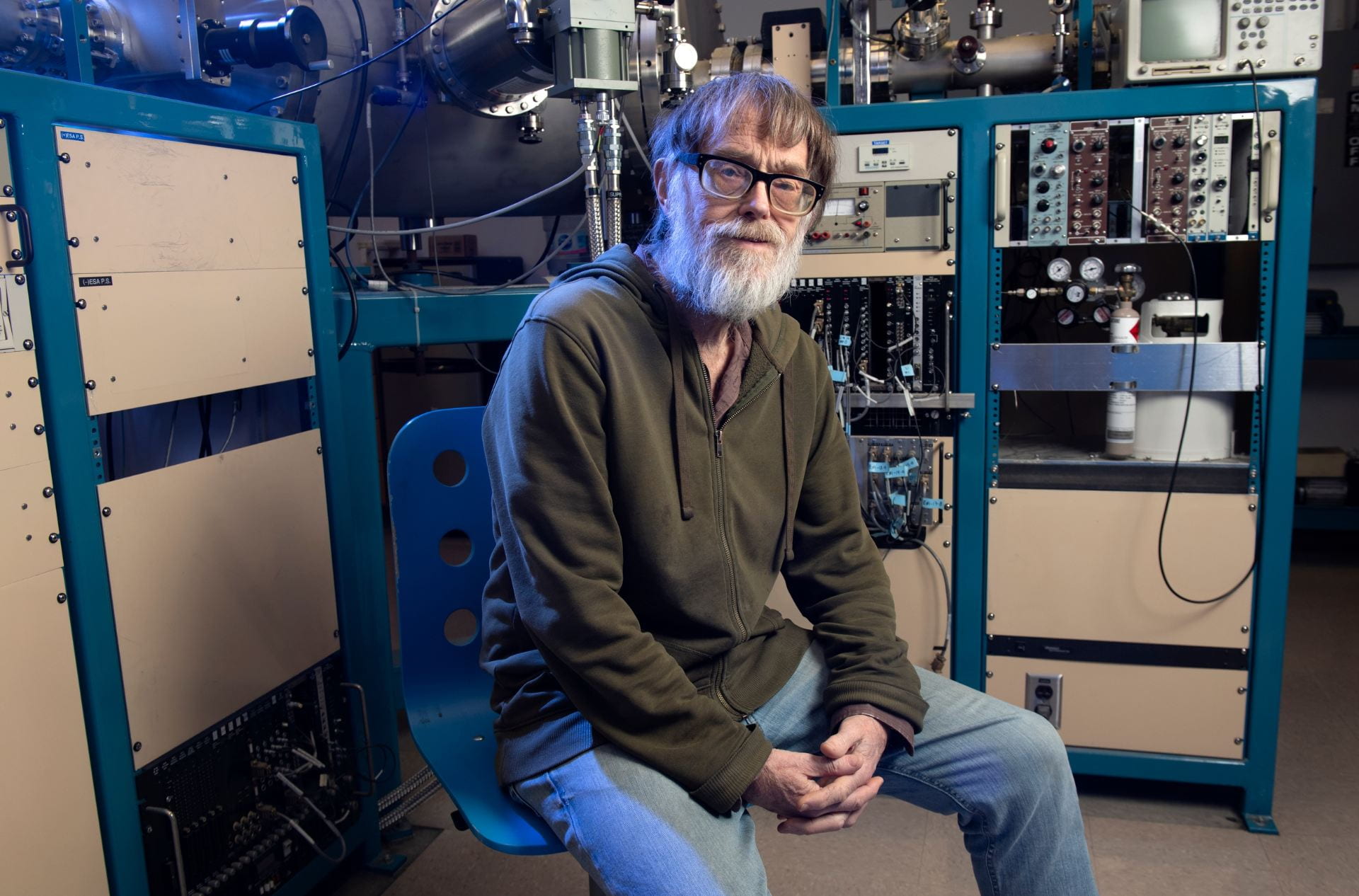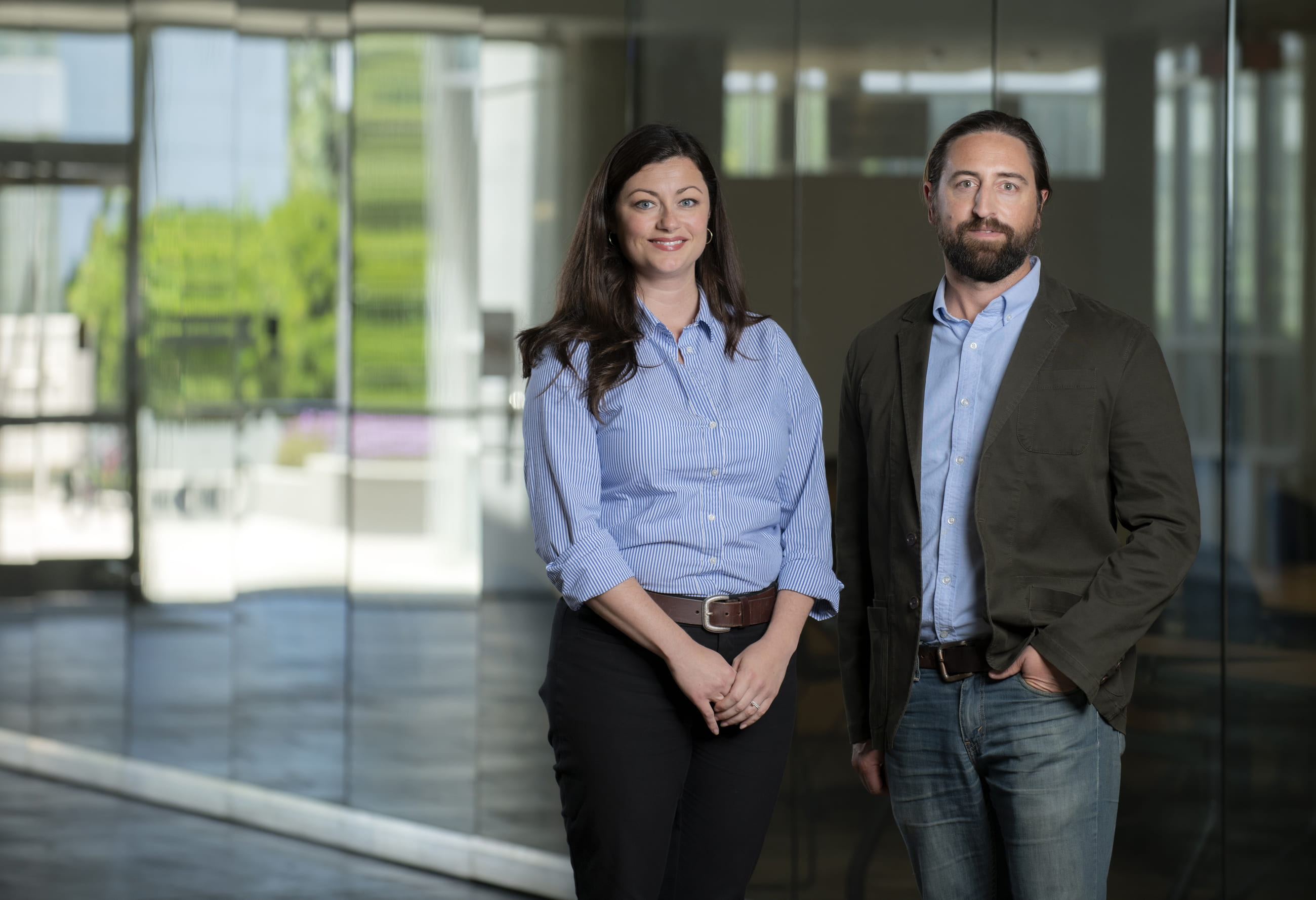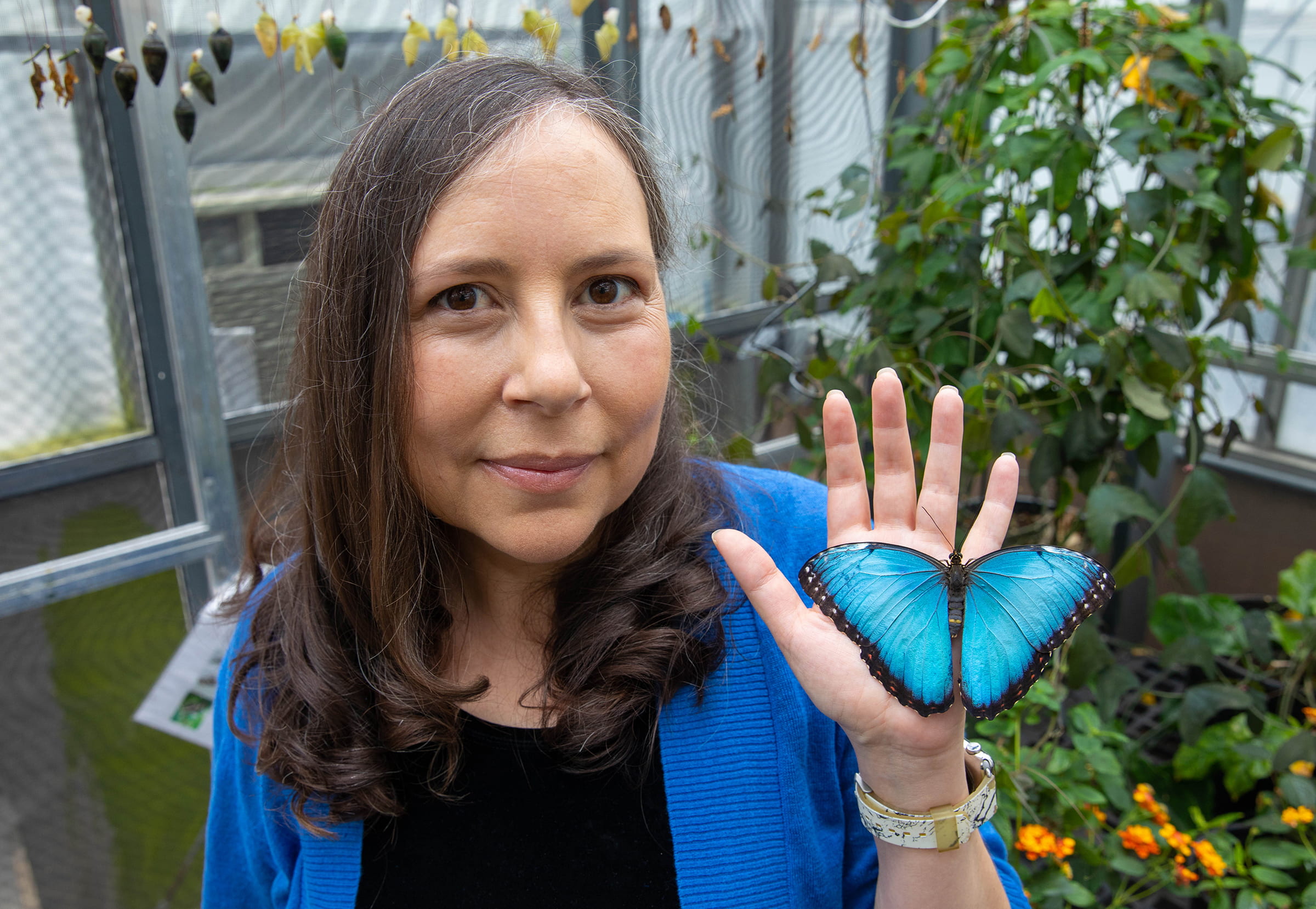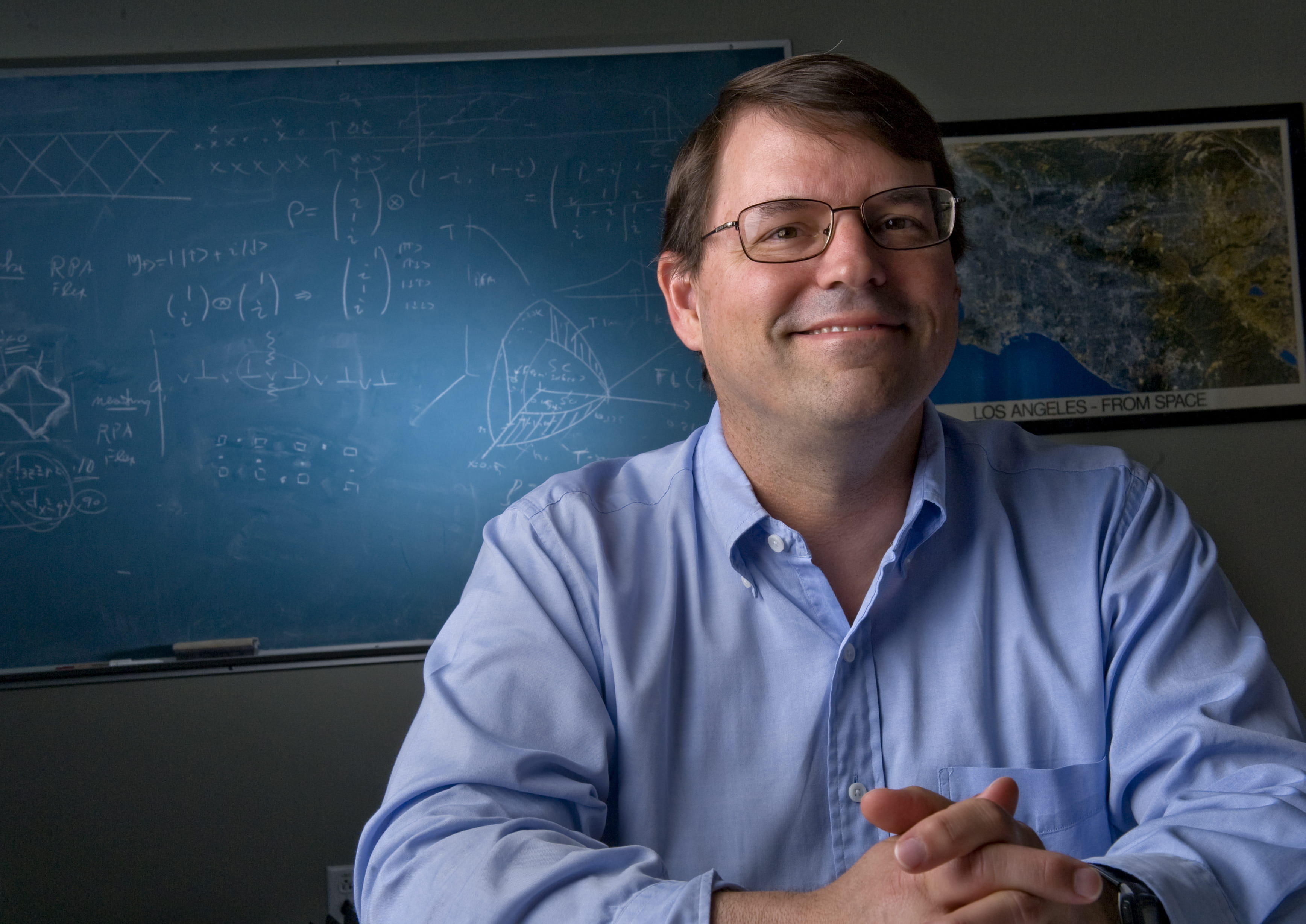UC Irvine Earth system scientists uncover ice-age shift in Pacific Ocean circulation
Fossil radiocarbon measurements show effect on CO2 uptake, carbon storage and climate

Irvine, Calif., March 29, 2023 — The overturning circulation of the Pacific Ocean “flipped” during the last ice age, altering the placement of ancient waters rich in carbon dioxide, according to Earth system scientists at the University of California, Irvine.
In a paper published in Science Advances, the researchers suggest that this shift in the 3D churning of such a large ocean basin must have enhanced the sequestration of CO2 in the deep sea, thereby lowering the amount of the greenhouse gas in ice-age Earth’s atmosphere. They uncovered this transposition by analyzing traces of carbon-14, or radiocarbon, in thousands of fossil sediment samples from around the world, some dating back as far as 25,000 years.
“It’s intuitive to think that the Pacific would play a major role in climate regulation during the last glacial period – it’s huge, double the volume of the Atlantic – but we didn’t have a lot of data to say that previously,” said lead author Patrick Rafter, UCI assistant researcher in Earth system science. “Our study has established a benchmark of radiocarbon measurements of the major ocean basins, and having compiled and analyzed that data, we can confidently say that changing overturning circulation in the Pacific is consistent with the ocean being a significant driver of lower greenhouse gases during the last ice age.”
He said carbon-14 is the isotope of choice for researchers hoping to reconstruct the relationship of the deep sea and the atmosphere over long time scales. “Radiocarbon is produced in the atmosphere when cosmic ray neutrons hit nitrogen, and it becomes carbon dioxide after chemical reactions with oxygen. After this, it enters the ocean exactly like regular CO2, because it is CO2,” Rafter said. “That’s what makes carbon-14 a powerful and useful tracer for how the ocean interacts with the atmosphere.”
For this project, he and his colleagues employed techniques perfected over decades in UCI’s Department of Earth System Science and worked with cutting-edge machinery custom-designed to perform this type of carbon dating.
Beginning in the 1990s, professors Ellen Druffel and Sue Trumbore, founding faculty members in the department, were determined to make UCI a world-leading center for the use of carbon-14 in geosciences research. Key steps included obtaining funding for what ultimately became the W.M. Keck Carbon Cycle Accelerator Mass Spectrometer Facility and the hiring of John Southon, UCI researcher in Earth system science, to oversee lab operations.
“This kind of synthesis has been tried before but not on anything like the scale of our team’s work, which involved a huge data mining effort as well as production of new results,” said Southon, study co-author. “The payoff is that for the first time there are sufficient data to show clear evidence that the glacial ocean circulation was not just a slower version of today’s but radically different.”

The team collected marine fossils from all over the world, sand grain-sized bits that were identified by more than 20 Earth system science undergraduates staffing a bank of microscopes in Rafter’s Croul Hall laboratory space. Then these calcium carbonate shells were converted into graphite, a pure form of carbon.
This material was introduced to the Earth system science department’s accelerator mass spectrometer to yield precise measurements of radiocarbon – values equal to the seawater the fossils lived in. With this data in hand, the next step was “a bit like assembling a puzzle in which we had to combine our research with previous studies,” according to Rafter.
“There had been work done before on the North Atlantic, which made sense because that’s an important region where the ocean breathes in the atmosphere, where a great deal of carbon dioxide enters the ocean,” he said. “We added our own analysis of fossil radiocarbon from sediment cores in the Pacific and Southern oceans so we could interpret all the major ocean basins together for the past 25,000 years, which had not been done before.”
Rafter said that this new knowledge about the relationship between the deep sea and the atmosphere going back into the last ice age can help oceanographers and Earth system scientists fully comprehend the role of the ocean in controlling climate warming and cooling now and into the future.
Joining Rafter and Southon on this project, which was funded in part by the National Science Foundation, were researchers from France’s University of Paris-Saclay, Massachusetts’ Woods Hole Oceanographic Institution, Scotland’s University of St. Andrews, Germany’s Kiel University, UC Santa Cruz, UC Santa Barbara, Oregon State University and the California Institute of Technology.
UCI’s Brilliant Future campaign: Publicly launched on Oct. 4, 2019, the Brilliant Future campaign aims to raise awareness and support for the university. By engaging 75,000 alumni and garnering $2 billion in philanthropic investment, UCI seeks to reach new heights of excellence in student success, health and wellness, research and more. The School of Physical Sciences plays a vital role in the success of the campaign. Learn more at https://brilliantfuture.uci.edu/uci-school-of-physical-sciences.
About the University of California, Irvine: Founded in 1965, UCI is a member of the prestigious Association of American Universities and is ranked among the nation’s top 10 public universities by U.S. News & World Report. The campus has produced five Nobel laureates and is known for its academic achievement, premier research, innovation and anteater mascot. Led by Chancellor Howard Gillman, UCI has more than 36,000 students and offers 224 degree programs. It’s located in one of the world’s safest and most economically vibrant communities and is Orange County’s second-largest employer, contributing $7 billion annually to the local economy and $8 billion statewide. For more on UCI, visit www.uci.edu.
Media access: Radio programs/stations may, for a fee, use an on-campus ISDN line to interview UCI faculty and experts, subject to availability and university approval. For more UCI news, visit news.uci.edu. Additional resources for journalists may be found at communications.uci.edu/for-journalists.


